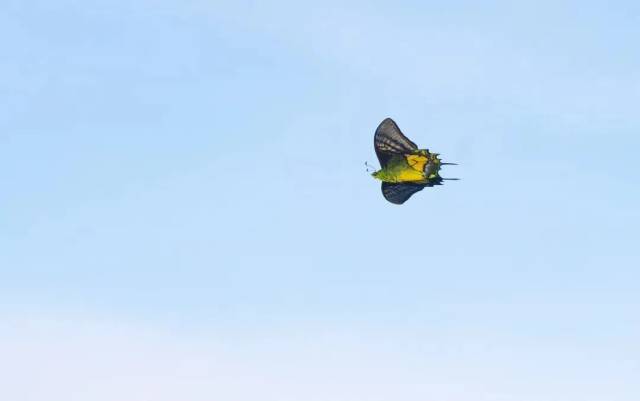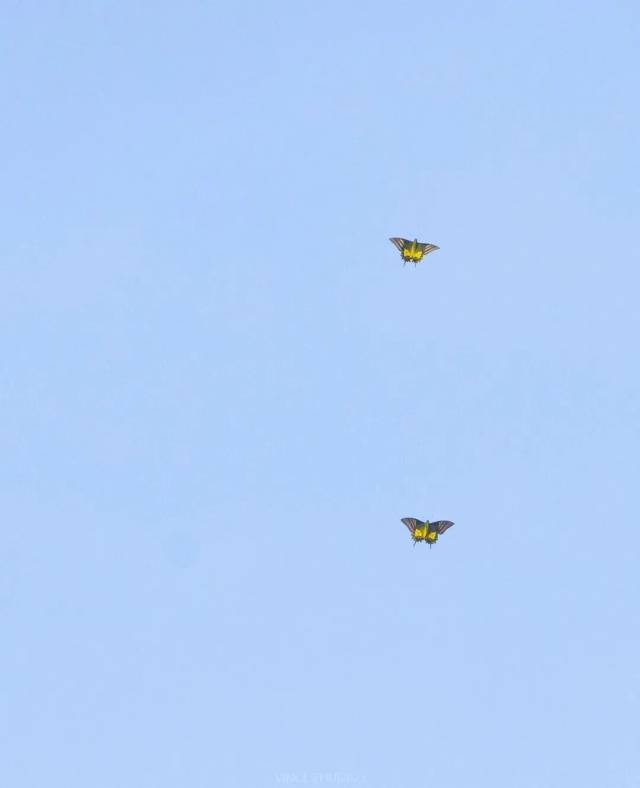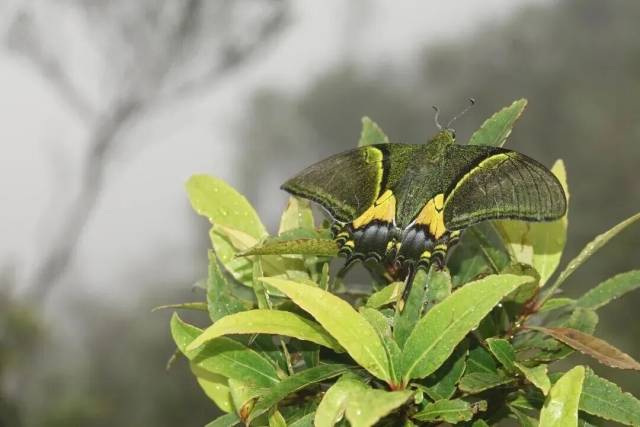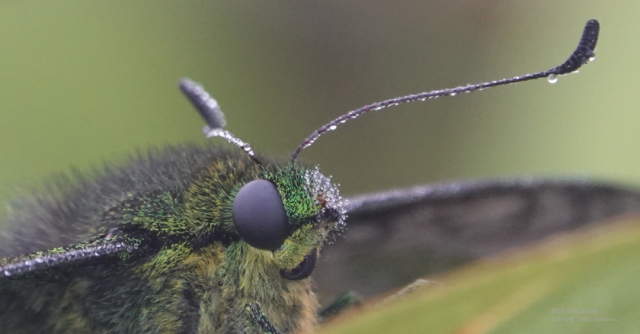The majestic Golden Kaiser-i-hind (Teinopalpus aureus), renowned as the "queen of butterflies" and under first-class state protection in China, has been observed in Guangzhou's Liuxi River National Forest Park for the first time. This groundbreaking discovery was made during a recent biodiversity survey, marking a significant milestone in regional ecological research.

On September 11, survey teams recorded clear sightings of adult Golden Kaiser-i-hind specimens at elevations near 1,000 meters within the park. The butterflies displayed distinctive morphological features—golden bands on the forewings, central gold patterns on the hindwings, elongated golden-tipped tails, and graceful flight patterns, all hallmark traits of this elusive species.

As China's only butterfly species classified under first-class protection, the Golden Kaiser-i-hind ranks among the "world's eight most valuable butterflies" and is listed in CITES Appendix II. This species is extremely selective about its habitat, inhabiting only mid-to-high elevation evergreen broadleaf forests along China's southeastern coastline. Its presence serves as a critical bioindicator of ecosystem health.

The discovery fills a significant gap in the park's butterfly diversity records and provides vital scientific evidence for assessing local ecological quality. Experts attribute this success to the park's long-term conservation efforts, which have preserved a complete forest ecosystem with rich biodiversity.

Following the initial observation, park staff conducted follow-up patrols in adjacent areas and confirmed additional sightings. Liuxi River National Forest Park will strengthen protection of core habitats, implement long-term biodiversity monitoring systems, and enhance conservation measures to ensure stable breeding conditions for this iconic species.

This unprecedented appearance of the "queen of butterflies" in Guangzhou underscores the effectiveness of ecological restoration initiatives and reaffirms the region's commitment to preserving critical wildlife habitats. The park's ongoing efforts aim to secure a sustainable future for this endangered species, allowing its magnificent presence to endure in China's green landscapes.
Author | Jiang Chang
Photo | Nanfang Plus
Editor | Wei Shen, James Campion, Shen He
















